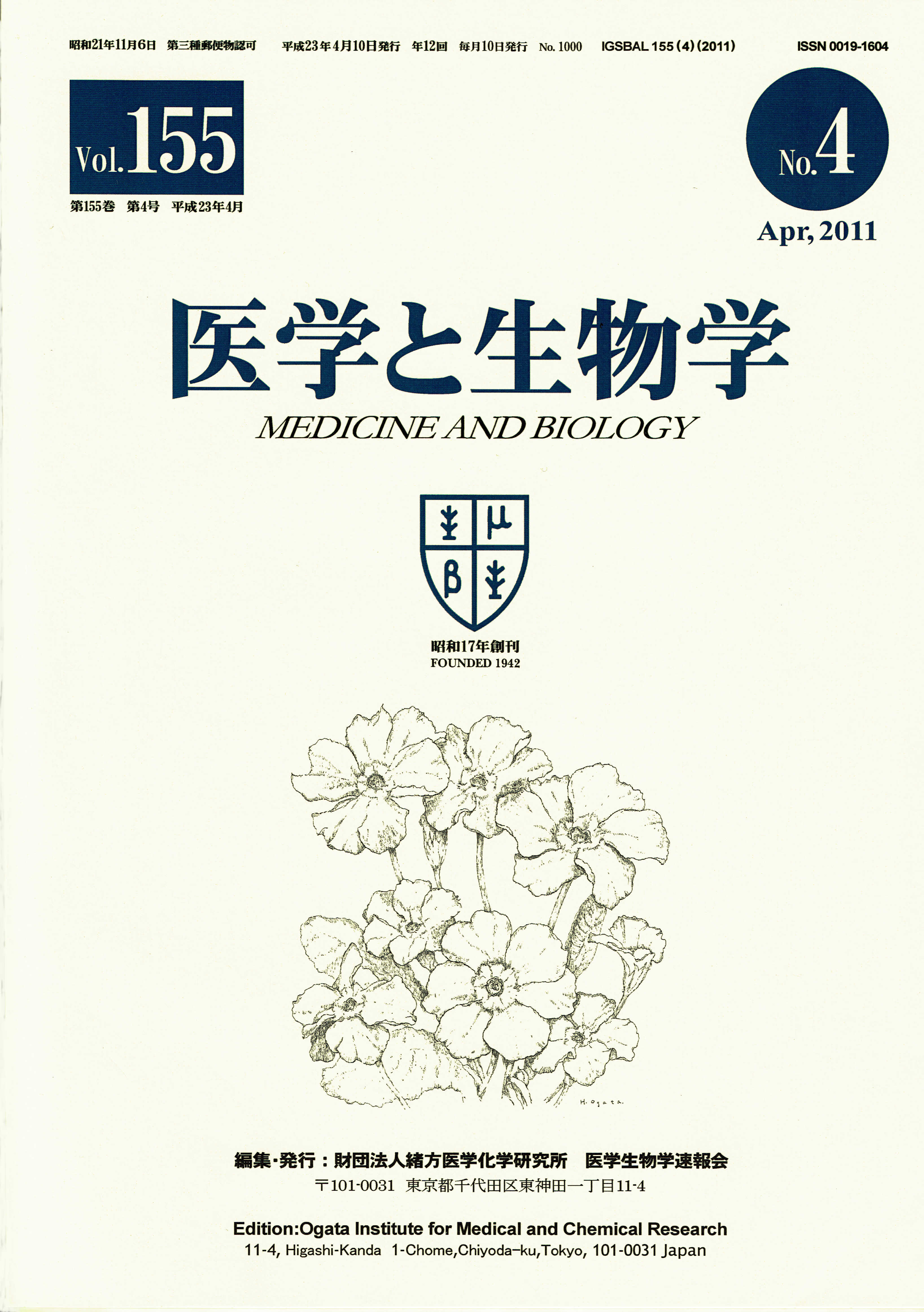Changes in suicide rates from 1998 to 2007 using delay-coordinate mapping
Abstract
According to the Japanese Population Survey Report, the rate of suicide-related death in Japan is over 3,0000/year. The number is so large that certain countermeasures are needed to address this urgent problem. While, the incidence of youth suicide (the number of death per 100,000) is increasing, whereas the incidence of elderly suicide is decreasing. The temporal trends of suicide-related death rates (which fluctuate significantly) are nonlinear that biophysical methods are necessary to analyze this trend. In the present study, temporal trends for suicide-related death were analyzed using data from The Population Survey Report, urban area of Japan aged 65 to 85, from 1998 to 2007. A non-linear method of documenting changes in the number of suicides was constructed based on the method of delay-coordinate mapping. High suicide-related death rates continued up until around the year 2000, when the death rate of suicide dropped. This phenomenon occurred at the age group of 75-80, 80-85 in men and 65-70, 75-80, 80-85 in women. Decreased social support and social isolation are generally associated with increased suicidal feelings in elderly people. The initiation of nursing care insurance and Healthy Japan 21 movement around the year 2000 may have been involved in the reduction of suicide rates.


